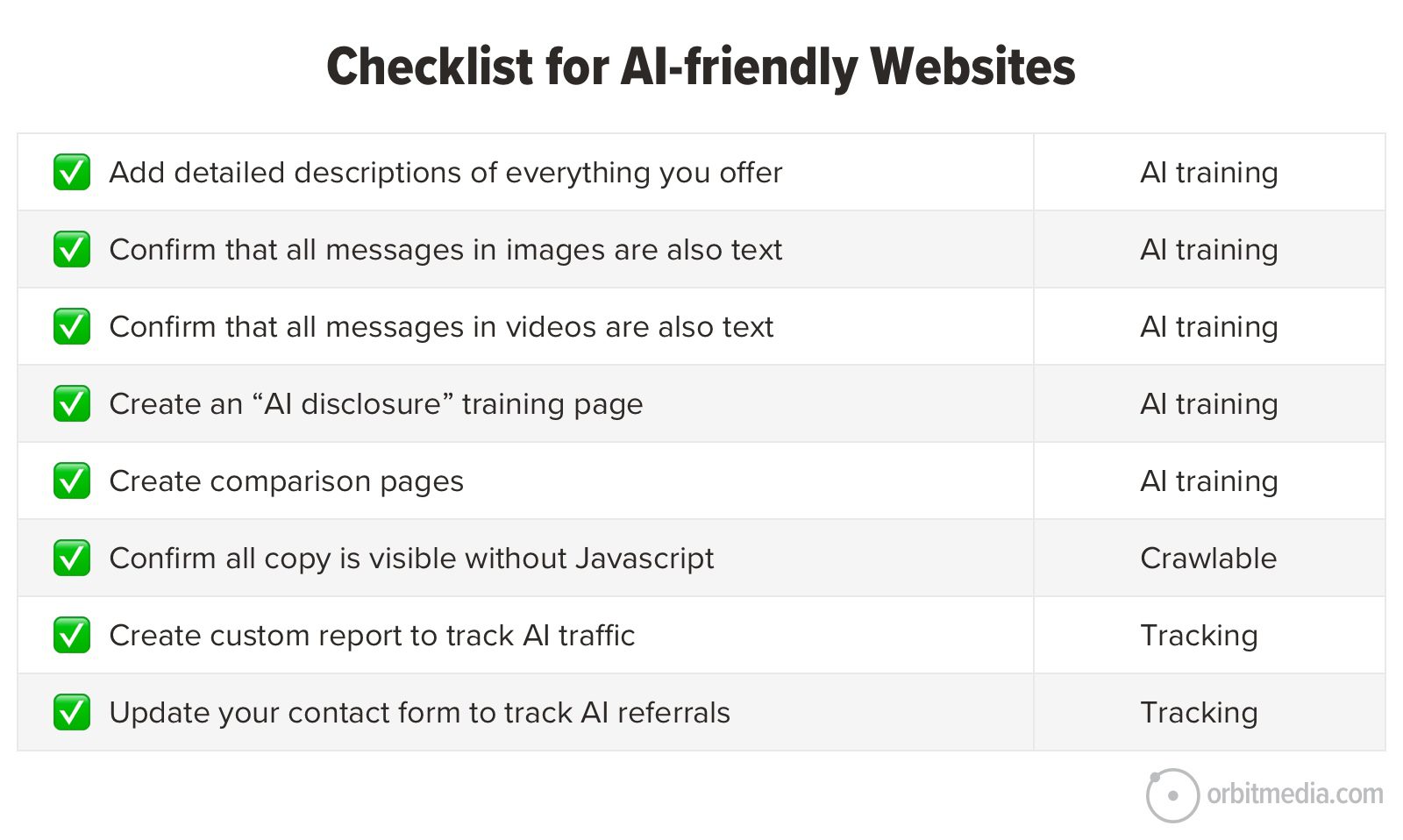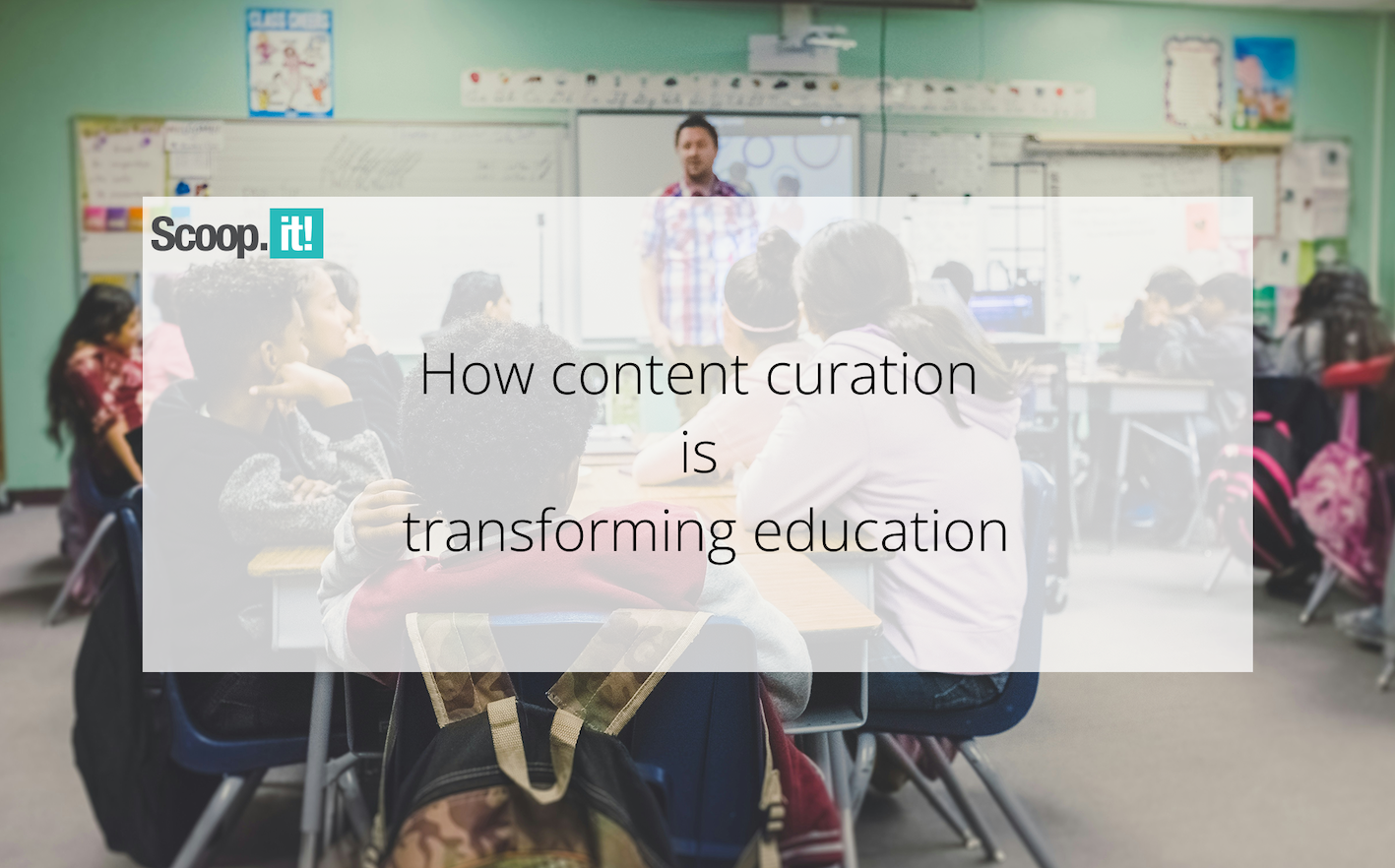Why those dystopian tariff memes are such a powerful tool against Trump’s policies
President Donald Trump may have paused the reciprocal tariffs that crashed the world’s stock markets—and still threaten to cause a global recession—but his original aim remains: He believes that he can restart the American manufacturing engine by penalizing imports from China, Mexico, Canada, Vietnam, the European Union, and penguins. His “logic” is that tariffs will make products like iPhones and Air Jordans (made in and imported from countries like China and Vietnam) too expensive for American consumers to buy. If companies want to keep selling their products, they will be forced to build new factories in the U.S., Trump claims. These factories will employ millions of 100% pure Usonians, he says, thus ushering the country into a new era of prosperity in which everyone is happily earning a living wage manufacturing smartphones and sports shoes. It sounds good until you really think about it. While the administration touts the measures as a path to economic renaissance, the fact is that many Americans are bracing for a future of higher prices and economic uncertainty. Many economists will tell you in detail why this is a very bad idea for everyone. The explanation is complex and, in the past, the argument would have been confined to op-eds by experts and TV interviews with political pundits. This time, things are a bit different: https://t.co/nT8L9losRl— Linus Ekenstam – eu/acc (@LinusEkenstam) April 9, 2025 Everyday people are using generative AI to create pictures and videos to make the case in the most powerful, easy-to-understand way. “These are made with Sora,” Linus Ekenstam, a European self-defined “AI evangelist and optimist,” tells me via X. He wasn’t alone in his visual critique. Meanwhile, others visualized Trump’s dream of America as a 1950s industrial wonderland, imagining the ultimate consequences of such an idea today. Chinese social media users have taken to dunking on the U.S., holding a mirror up to Trump’s policies with the help of AI-generated images that depict a not-so-glamorous future. Leaving aside the fact that any future factories will probably be heavily robotized, does anyone in the U.S. really want to be exploited for low pay and long hours, like overseas workers are now, to satisfy our consumerist hunger? @axiang67 Make america great again~#tariff #america ♬ 原创音乐 – Ben Lau Raw power Thanks to tools like Kling, Sora, Runway, and Luma, ordinary people are able to create striking images and videos that encapsulate their visions, fears, and frustrations more or less instantaneously. Their pixels bypass intellectual circuits and connect directly to human nature. If the images are rich and engaging—like that video of the factory—they leave a lasting effect on our emotional state. Research in neuroscience has shown the primal power of visuals in shaping beliefs and emotions again and again. Images activate regions of the brain tied to emotion and memory more effectively than text and words, a well studied phenomenon known as the picture-superiority effect. Visual stimuli reach us 60,000 times faster than text and leave a more lasting impression than verbal information. According to Lynell Burmark, PhD associate at the Thornburg Center for Professional Development and expert in visual literacy, “unless our words, concepts, ideas are hooked onto an image, they will go in one ear, sail through the brain, and go out the other ear. Words are processed by our short-term memory where we can only retain about 7 bits of information. . . . Images, on the other hand, go directly into long-term memory where they are indelibly etched.” — Glaucous (@glaucousness.bsky.social) 2025-04-08T13:19:27.785Z Images also bypass cognitive resistance—our brains trying to avoid discomfort—and just make you feel in 13 milliseconds. This explains why AI-generated imagery is so potent. It doesn’t just inform, it evokes. There’s no way around that. We are visual creatures, shaped by biological evolution since eyes first developed in the Tree of Life 544 million years ago. Resistance is futile. Democratizing political commentary The power of AI-generated tariff memes lies in neuroscience but also in their ability to eliminate the need for imagination. When confronted with an abstract concept like “economic inflation,” many people struggle to imagine its impact. But show them an image of a $20 loaf of bread, empty shelves in a store, or tired, sad workers in a factory, and the message becomes visceral. This is where AI memes shine—bridging the gap between abstract policy and visible consequences. In the past, creating such impactful images required tools, specialized skills, and access to a limited platform like a newspaper or TV channel. Now, for just a few bucks a month, anyone can transform their thoughts into compelling visual narratives and put them in front of the eyes of millions. Anyone with a smartphone is now a political cartoonist or filmmaker. A

President Donald Trump may have paused the reciprocal tariffs that crashed the world’s stock markets—and still threaten to cause a global recession—but his original aim remains: He believes that he can restart the American manufacturing engine by penalizing imports from China, Mexico, Canada, Vietnam, the European Union, and penguins.
His “logic” is that tariffs will make products like iPhones and Air Jordans (made in and imported from countries like China and Vietnam) too expensive for American consumers to buy. If companies want to keep selling their products, they will be forced to build new factories in the U.S., Trump claims. These factories will employ millions of 100% pure Usonians, he says, thus ushering the country into a new era of prosperity in which everyone is happily earning a living wage manufacturing smartphones and sports shoes.
It sounds good until you really think about it. While the administration touts the measures as a path to economic renaissance, the fact is that many Americans are bracing for a future of higher prices and economic uncertainty. Many economists will tell you in detail why this is a very bad idea for everyone. The explanation is complex and, in the past, the argument would have been confined to op-eds by experts and TV interviews with political pundits. This time, things are a bit different:
https://t.co/nT8L9losRl— Linus Ekenstam – eu/acc (@LinusEkenstam) April 9, 2025
Everyday people are using generative AI to create pictures and videos to make the case in the most powerful, easy-to-understand way. “These are made with Sora,” Linus Ekenstam, a European self-defined “AI evangelist and optimist,” tells me via X. He wasn’t alone in his visual critique.
Meanwhile, others visualized Trump’s dream of America as a 1950s industrial wonderland, imagining the ultimate consequences of such an idea today. Chinese social media users have taken to dunking on the U.S., holding a mirror up to Trump’s policies with the help of AI-generated images that depict a not-so-glamorous future. Leaving aside the fact that any future factories will probably be heavily robotized, does anyone in the U.S. really want to be exploited for low pay and long hours, like overseas workers are now, to satisfy our consumerist hunger?
@axiang67 Make america great again~#tariff #america ♬ 原创音乐 – Ben Lau
Raw power
Thanks to tools like Kling, Sora, Runway, and Luma, ordinary people are able to create striking images and videos that encapsulate their visions, fears, and frustrations more or less instantaneously. Their pixels bypass intellectual circuits and connect directly to human nature. If the images are rich and engaging—like that video of the factory—they leave a lasting effect on our emotional state.
Research in neuroscience has shown the primal power of visuals in shaping beliefs and emotions again and again. Images activate regions of the brain tied to emotion and memory more effectively than text and words, a well studied phenomenon known as the picture-superiority effect.
Visual stimuli reach us 60,000 times faster than text and leave a more lasting impression than verbal information. According to Lynell Burmark, PhD associate at the Thornburg Center for Professional Development and expert in visual literacy, “unless our words, concepts, ideas are hooked onto an image, they will go in one ear, sail through the brain, and go out the other ear. Words are processed by our short-term memory where we can only retain about 7 bits of information. . . . Images, on the other hand, go directly into long-term memory where they are indelibly etched.”
Images also bypass cognitive resistance—our brains trying to avoid discomfort—and just make you feel in 13 milliseconds. This explains why AI-generated imagery is so potent. It doesn’t just inform, it evokes. There’s no way around that. We are visual creatures, shaped by biological evolution since eyes first developed in the Tree of Life 544 million years ago. Resistance is futile.
Democratizing political commentary
The power of AI-generated tariff memes lies in neuroscience but also in their ability to eliminate the need for imagination. When confronted with an abstract concept like “economic inflation,” many people struggle to imagine its impact. But show them an image of a $20 loaf of bread, empty shelves in a store, or tired, sad workers in a factory, and the message becomes visceral. This is where AI memes shine—bridging the gap between abstract policy and visible consequences.
In the past, creating such impactful images required tools, specialized skills, and access to a limited platform like a newspaper or TV channel. Now, for just a few bucks a month, anyone can transform their thoughts into compelling visual narratives and put them in front of the eyes of millions. Anyone with a smartphone is now a political cartoonist or filmmaker. A lot of what people make will be worthless, sure, but there will also be some gems.
"Be cool! Everything is going to work out well" pic.twitter.com/WxPfEBCdem— Wu Tang is for the Children (@WUTangKids) April 9, 2025
Nothing about this is new. We have seen AI being used for political commentary before. Remember the viral images of Trump getting arrested? Those were just early examples of how generative AI could be used for political commentary and shaping public perception. These new memes are next-level, though, visualizing complex policies like tariffs in ways that resonate universally.
This use of AI as a tool to democratize powerful visual commentary is perhaps one of the few silver linings of a technology that, until now, mostly consumed computing cycles to make absurdly surreal clips. As Trump’s tariffs sink the world’s economy, it’s good to know that people can use AI to fight back against the White House’s policy mayhem one prompt at a time.









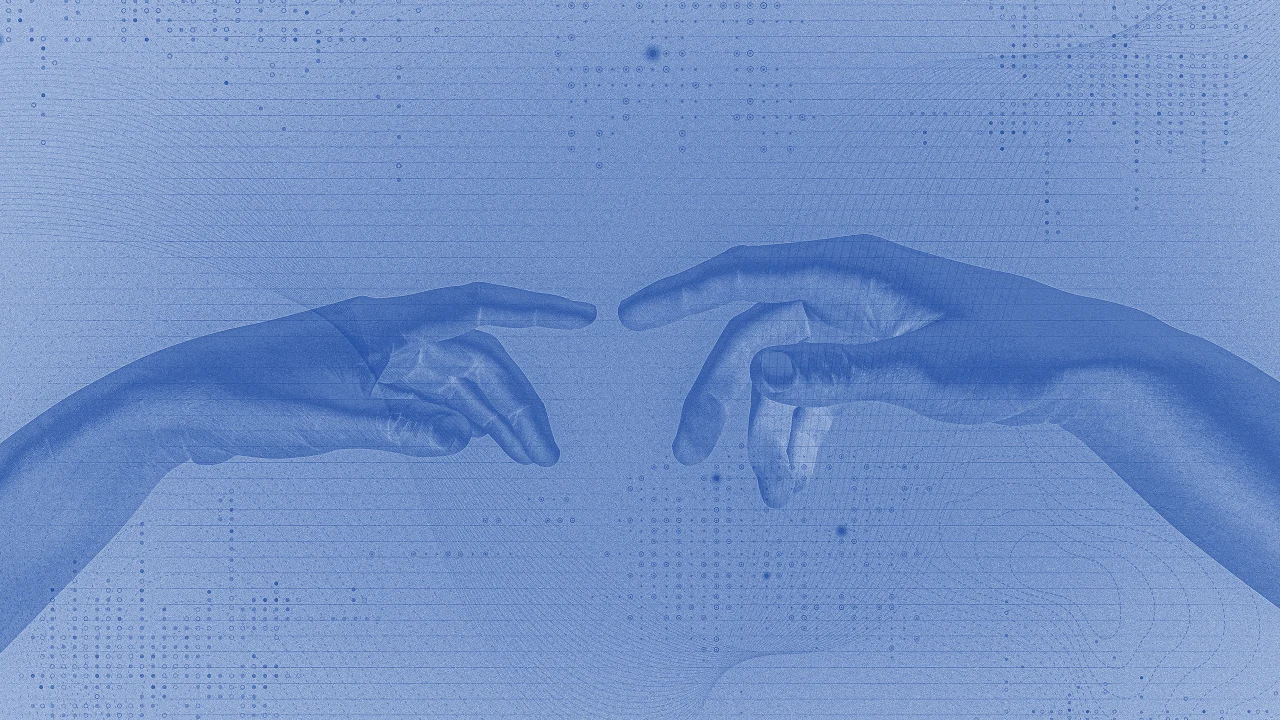

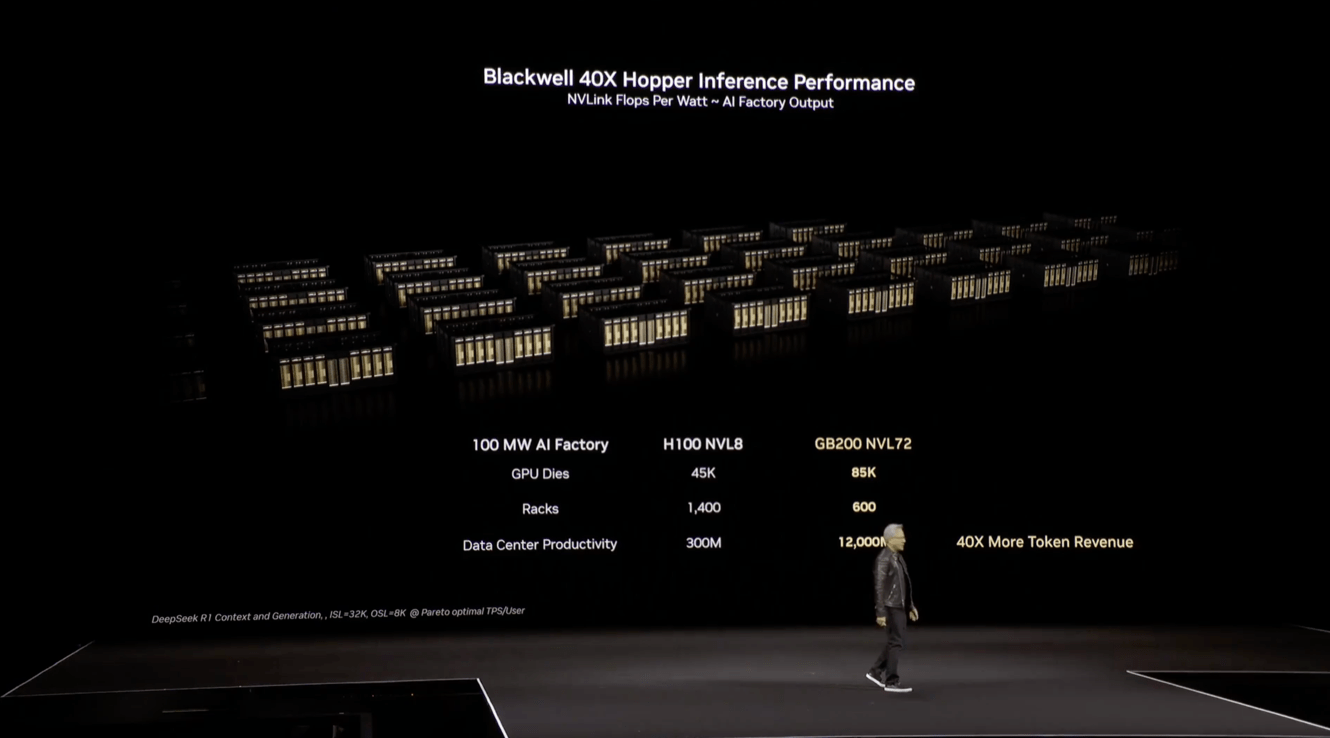













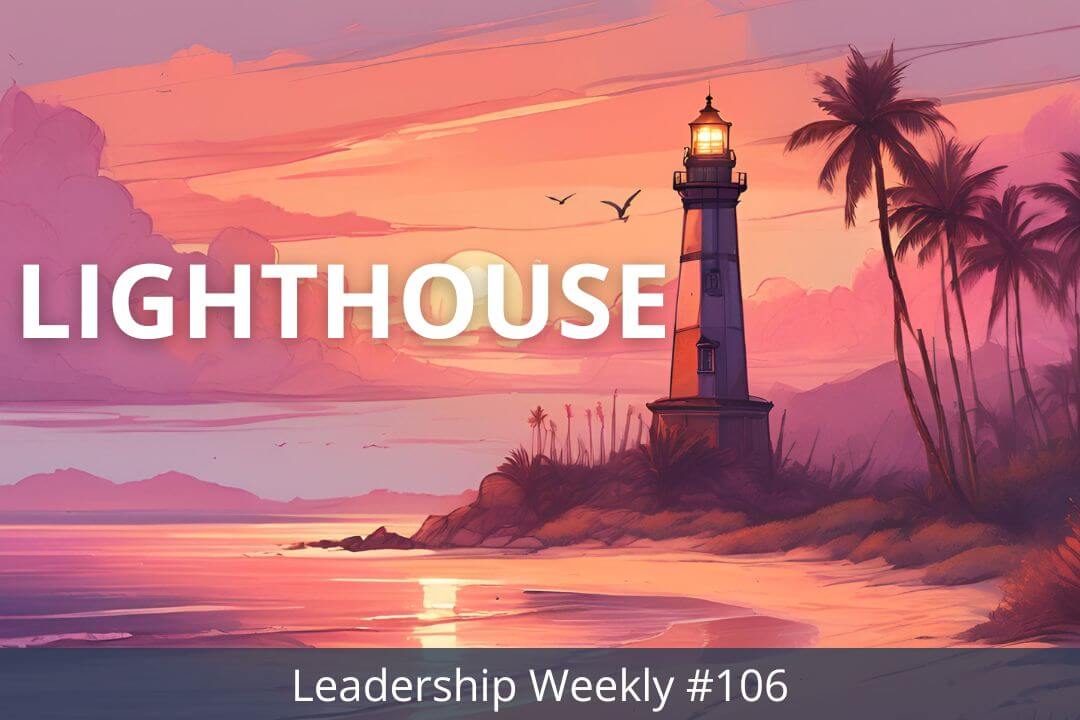


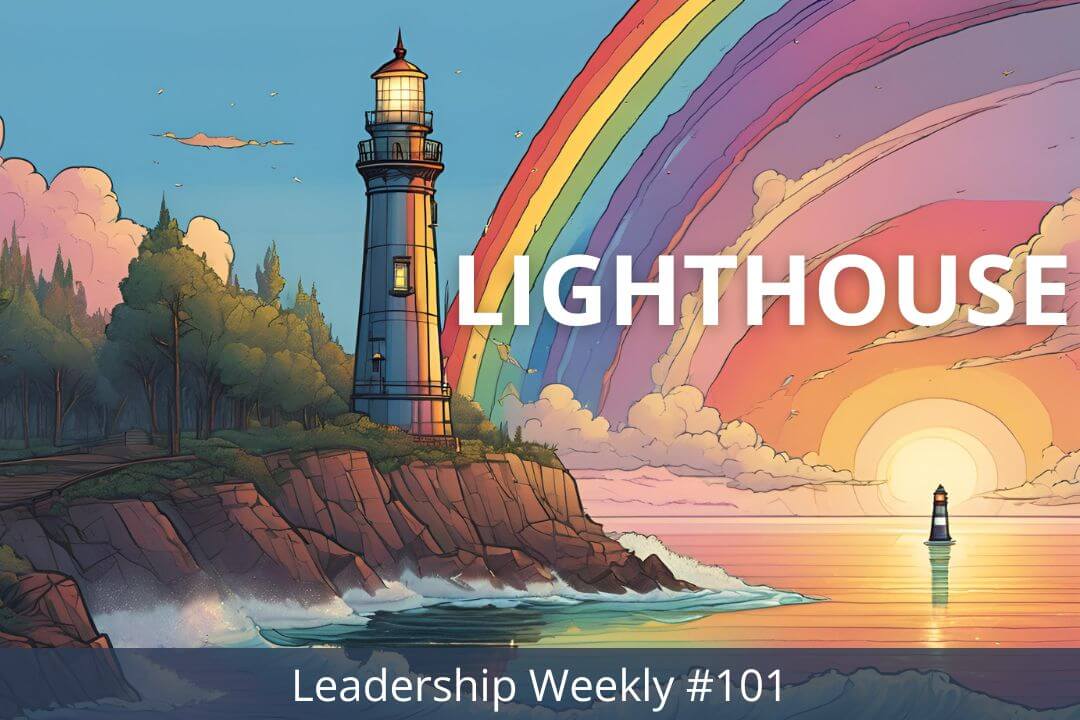

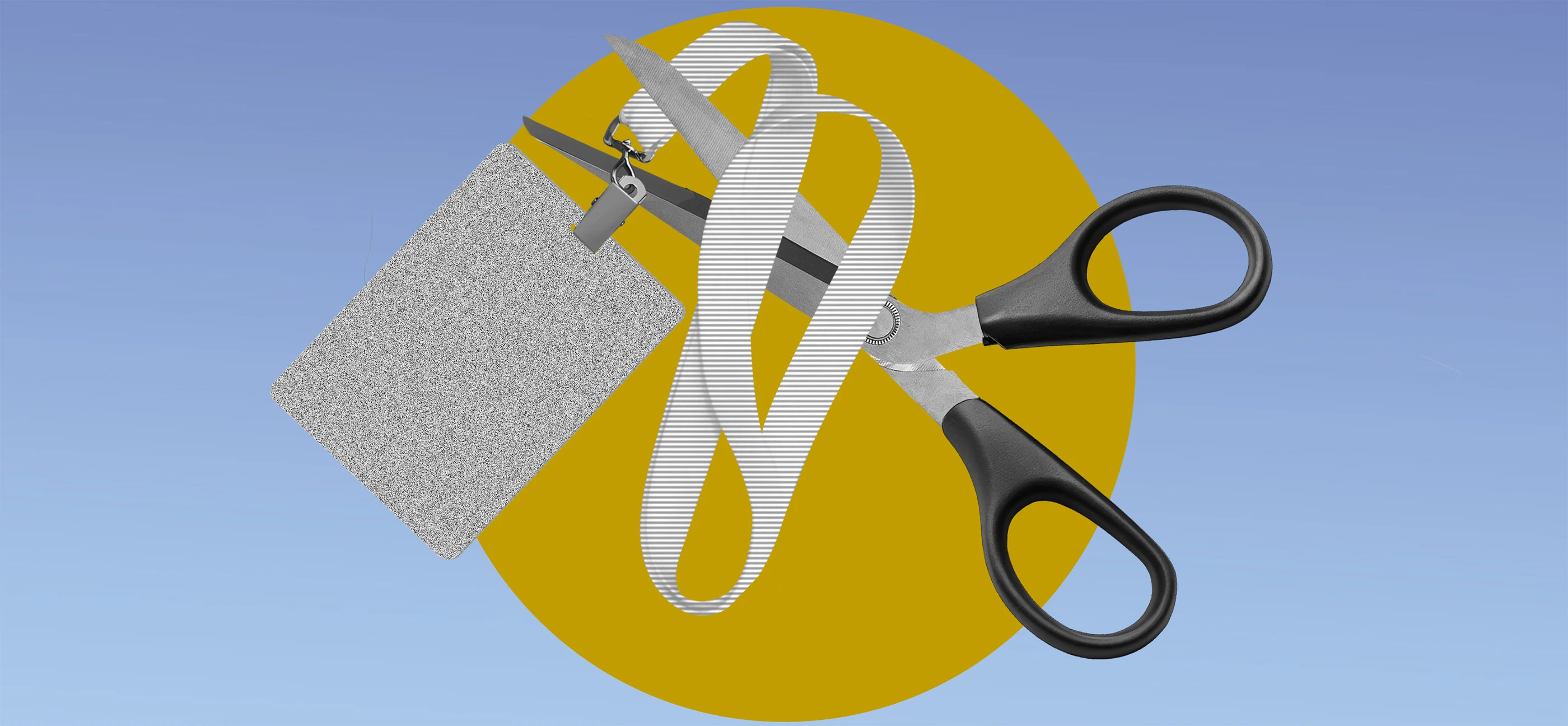































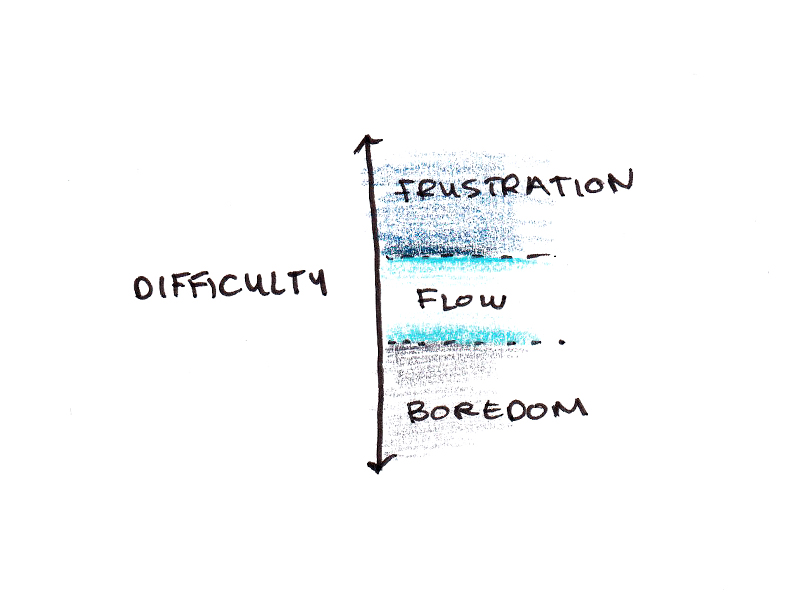
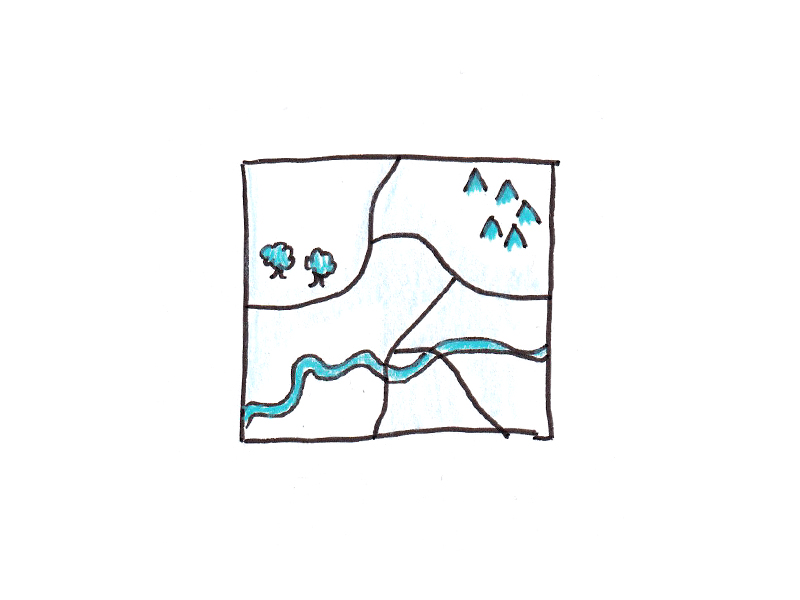

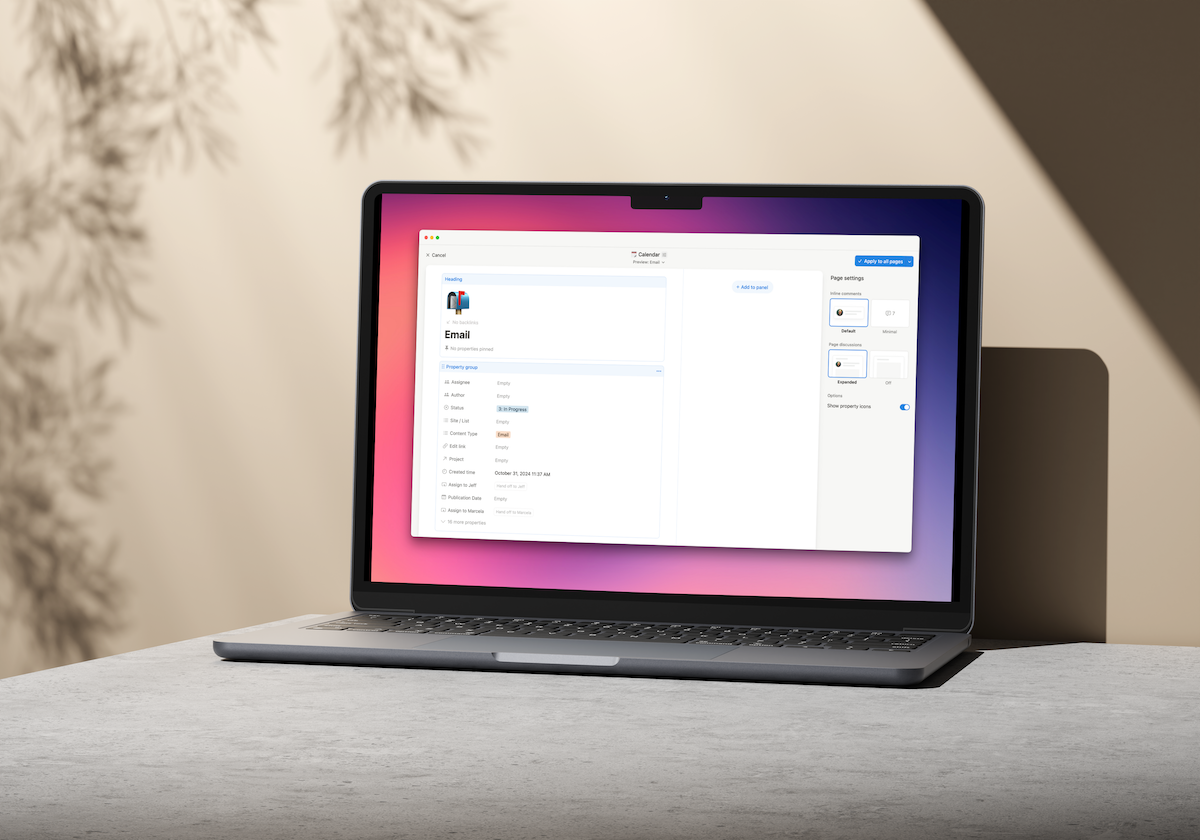











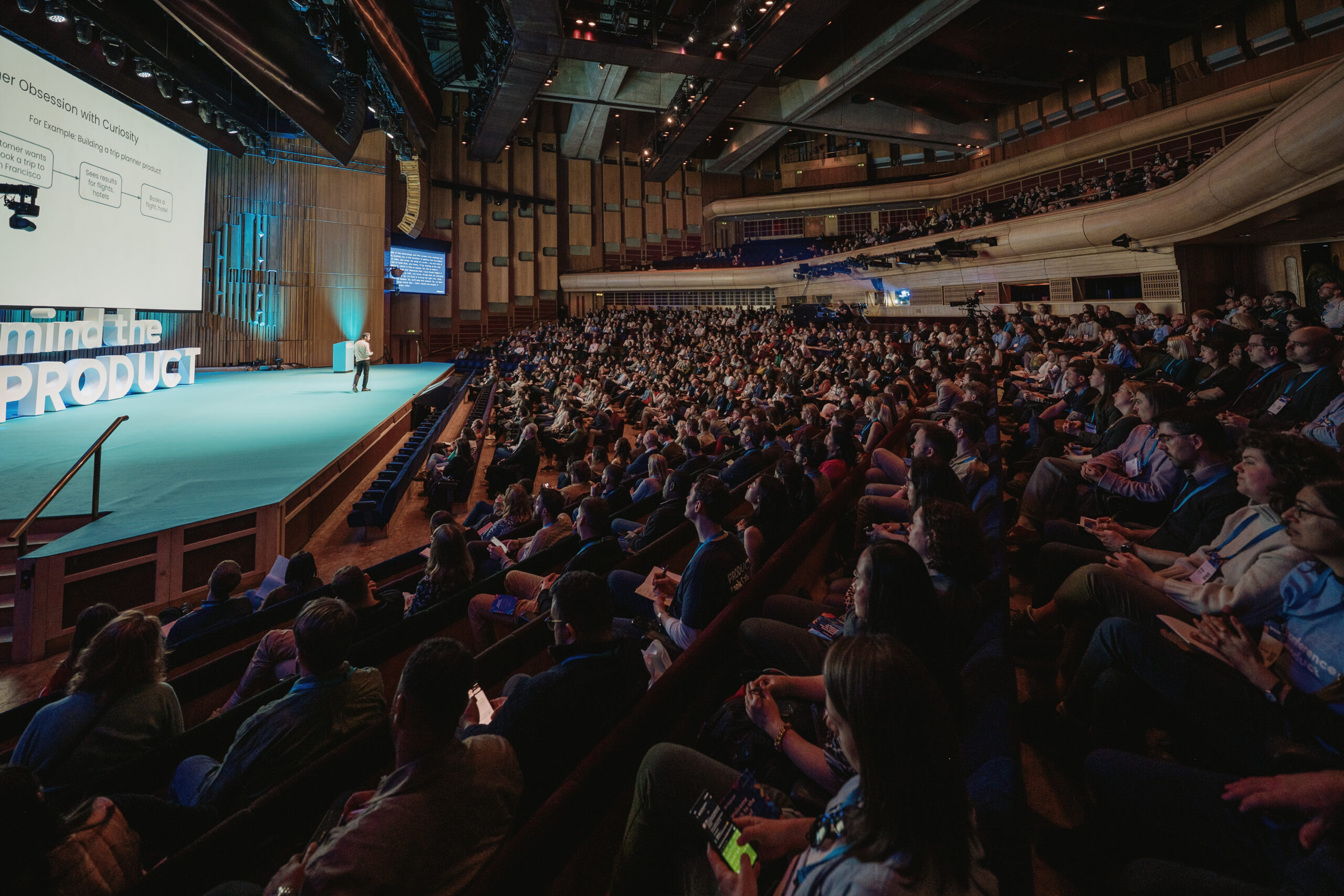






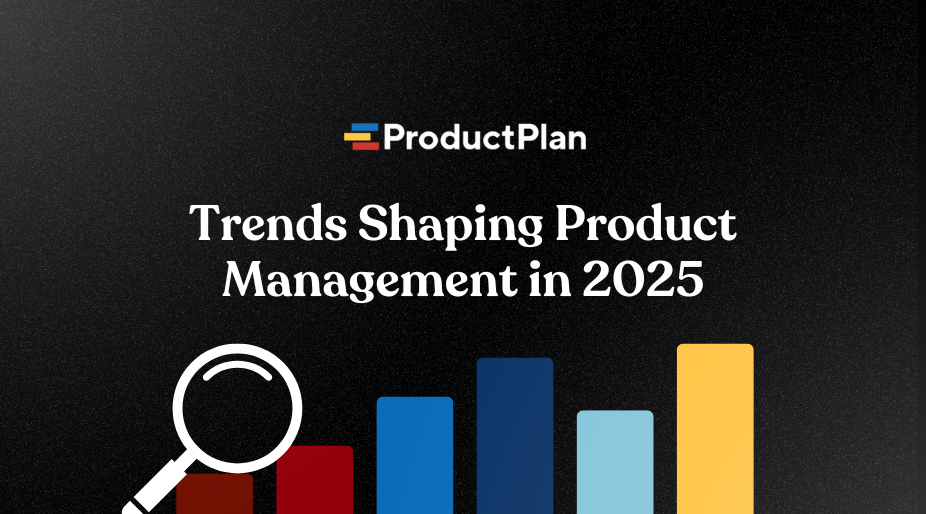











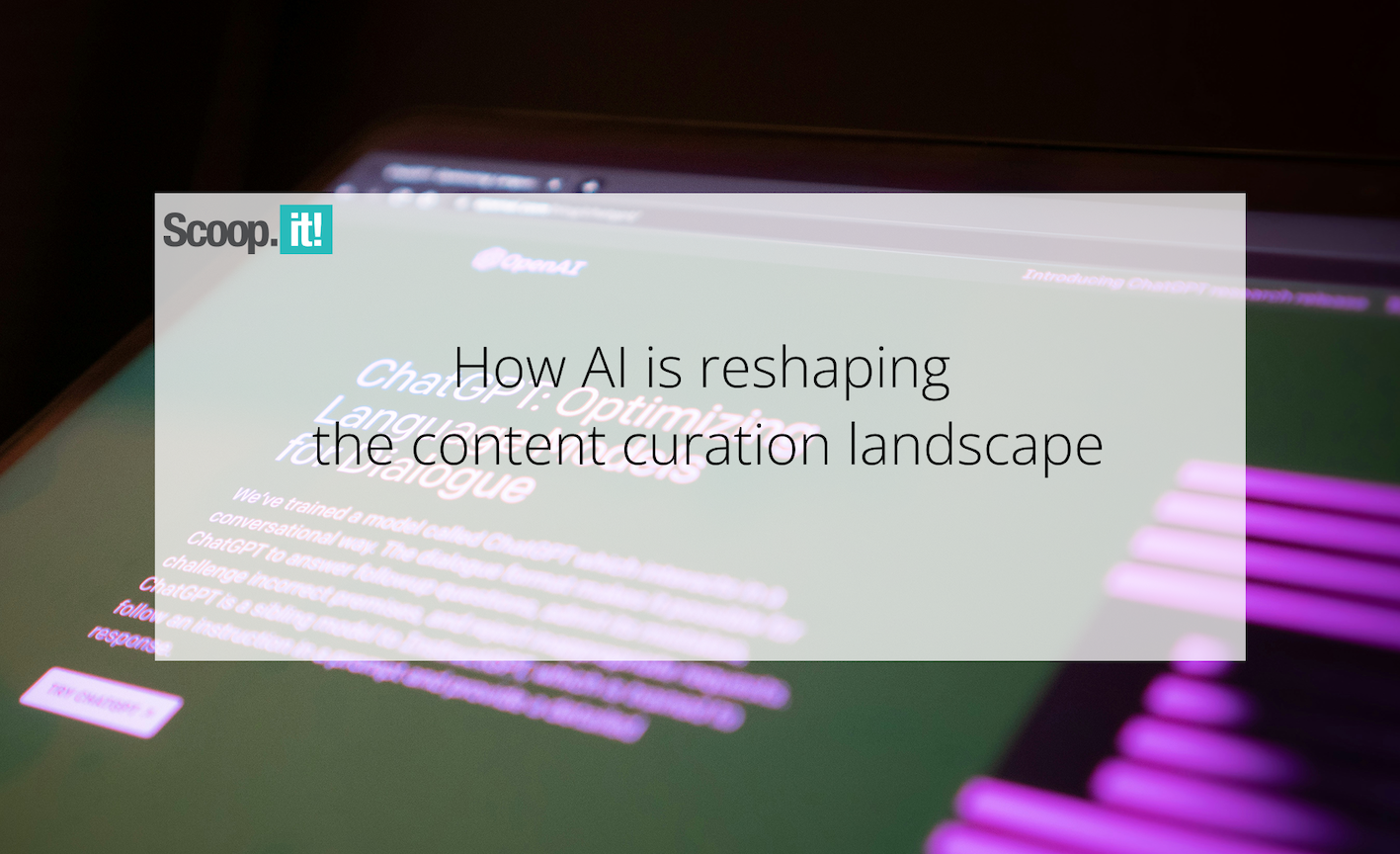
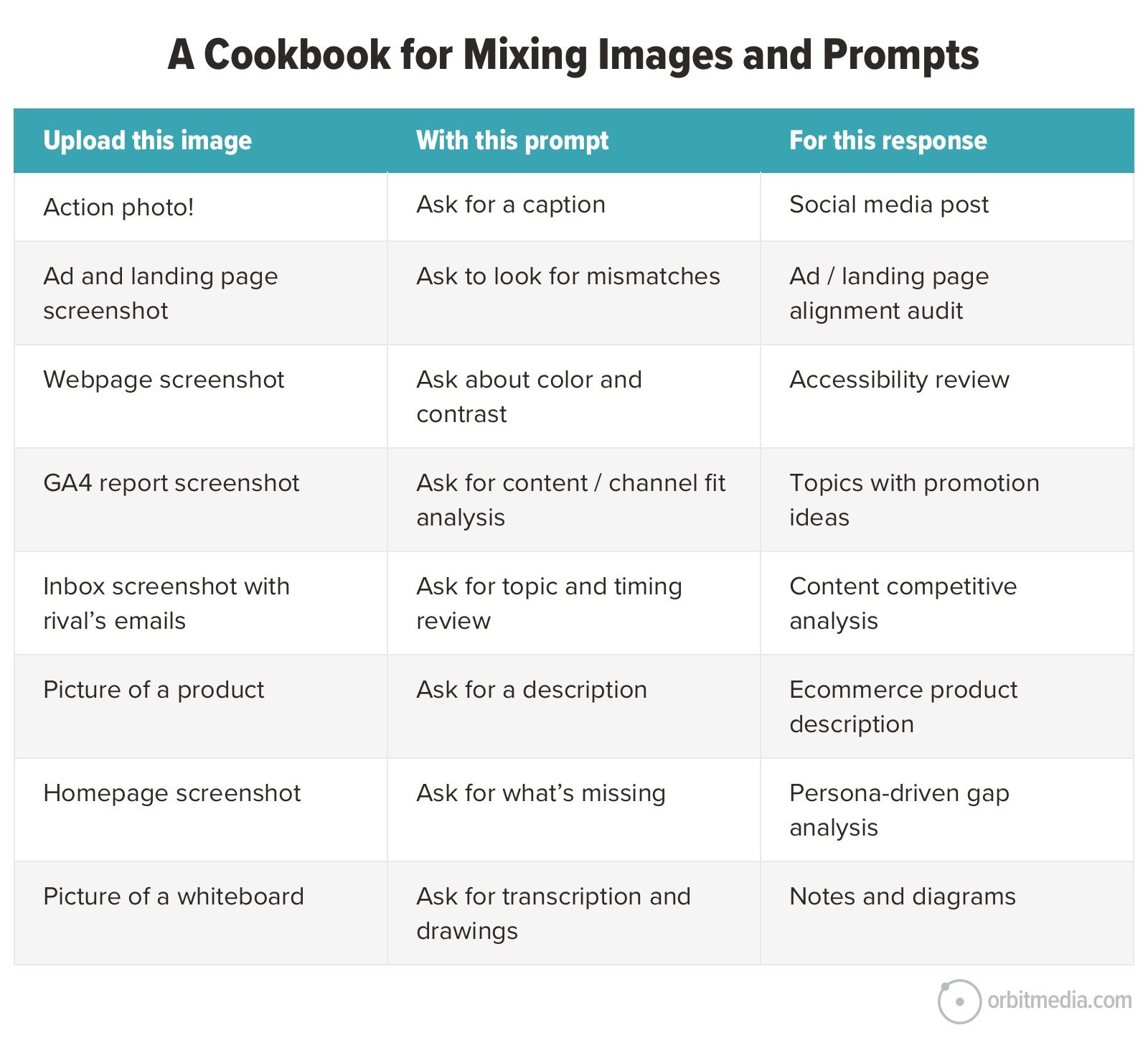


![Building A Digital PR Strategy: 10 Essential Steps for Beginners [With Examples]](https://buzzsumo.com/wp-content/uploads/2023/09/Building-A-Digital-PR-Strategy-10-Essential-Steps-for-Beginners-With-Examples-bblog-masthead.jpg)





![How One Brand Solved the Marketing Attribution Puzzle [Video]](https://contentmarketinginstitute.com/wp-content/uploads/2025/03/marketing-attribution-model-600x338.png?#)




